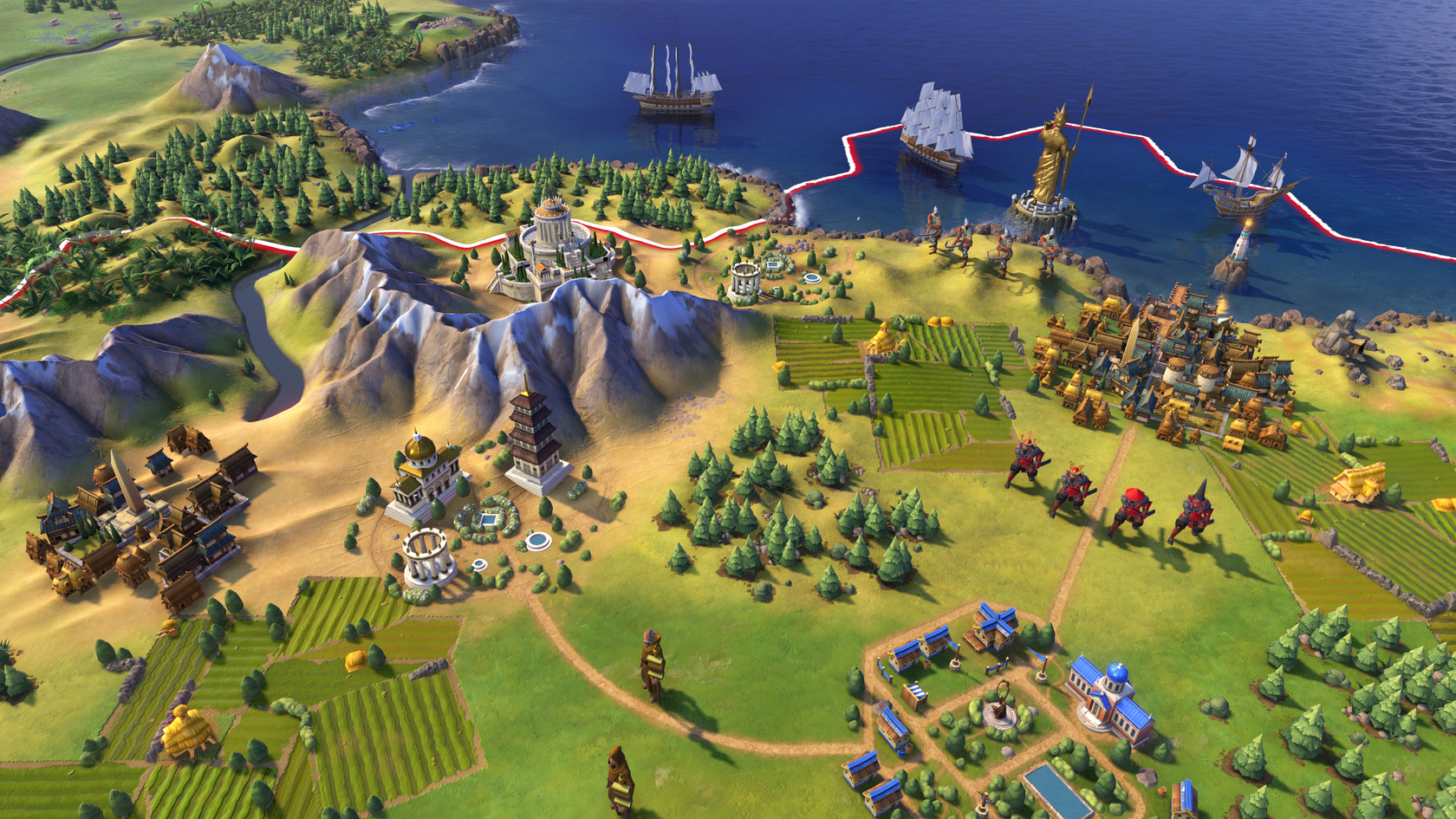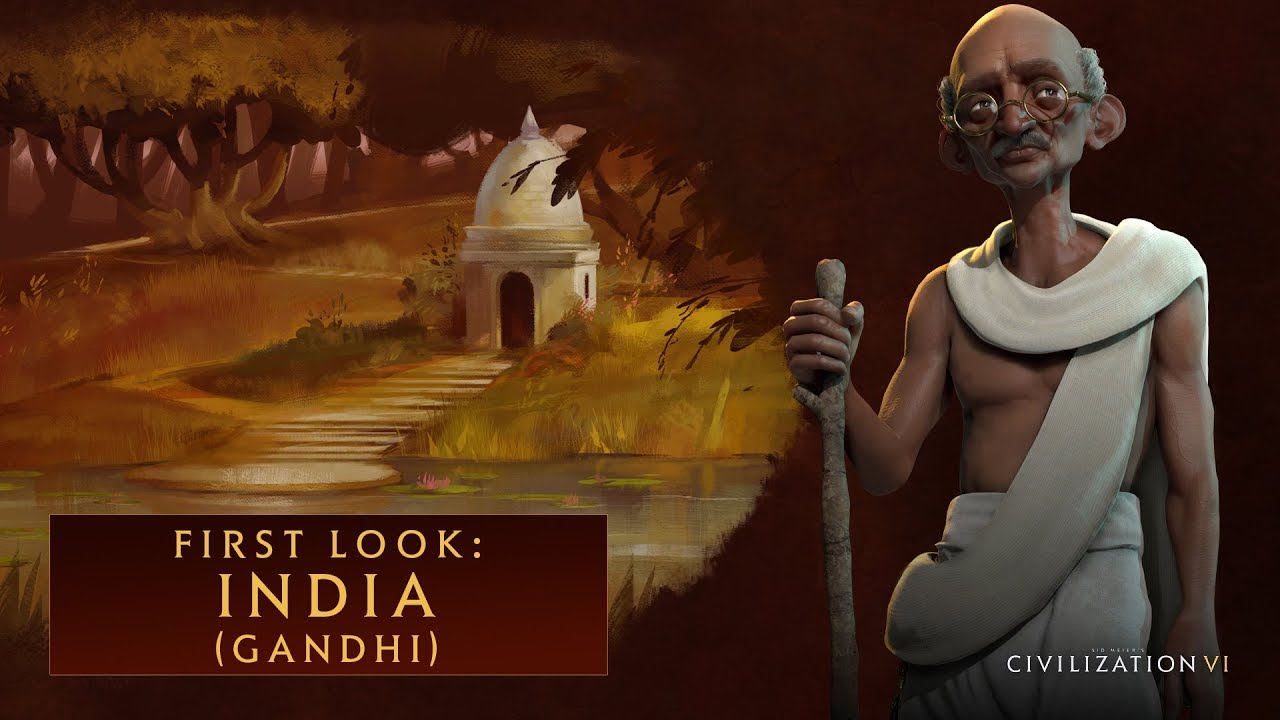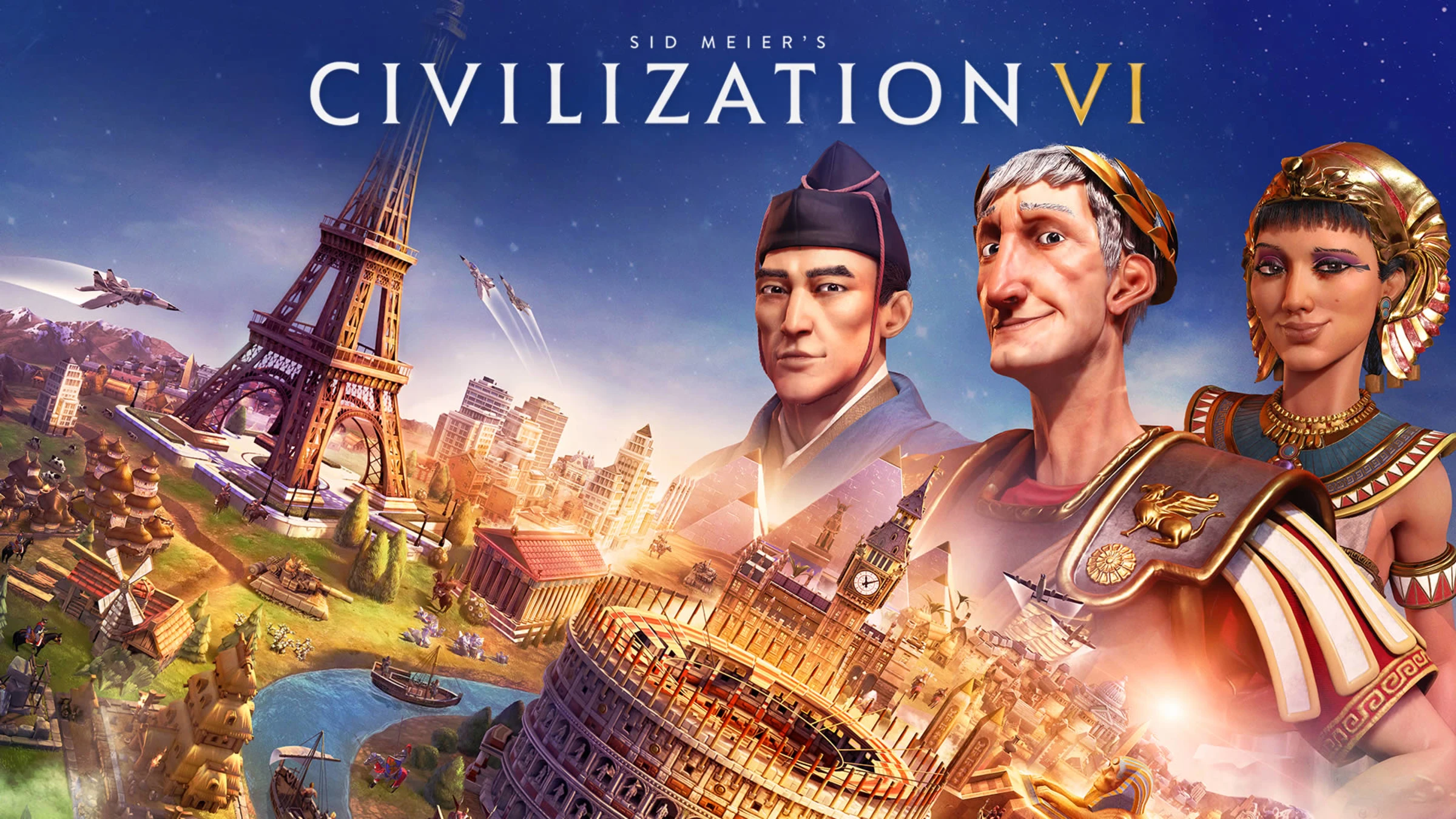Sid Meier’s Civilization VI is a turn-based strategy 4X video game developed by Firaxis Games and published by 2K. The mobile and Nintendo Switch port was published by Aspyr Media.
The latest entry into the Civilization series, it was released on Windows and macOS in October 2016, with later ports for Linux in February 2017, iOS in December 2017, Nintendo Switch in November 2018, PlayStation 4 and Xbox One in November 2019, and Android in 2020.
Similar to previous installments, the goal for the player is to develop a civilization from an early settlement through many in-game millennia to become a world power and achieve one of several victory conditions, such as through military domination, technological superiority, or cultural influence, over the other human and computer-controlled opponents.
GAME BOOSTER PERFORMAX APP 2023
Players do this by exploring the world, founding new cities, building city improvements, deploying military troops to attack and defend themselves from others, researching new technologies and civics advancements, developing an influential culture, and engaging in trade and negotiations with other world leaders.
The game features several civilizations not featured in previous incarnations of Civilization, while many returning civilizations have new capitals or new leaders. A critical design focus was to avoid having the player follow a pre-set path of improvements towards their civilization which they had observed from earlier games.
New to Civilization VI is the use of districts outside the city center to house most of the buildings. For example, a campus district must be built in order to house science-based buildings.
Other new features include research on the game’s technology tree based on nearby terrain, a similar technology tree for cultural improvements, and a better government civics structure for those playing on a cultural victory path. There are also new artificial intelligence mechanics for computer-controlled opponents, which include secret goals and randomized engagements to disrupt an otherwise stable game.
The game received generally positive reviews upon release, and it was awarded Best Strategy Game at The Game Awards 2016 and Stategy/Simulation Game of the Year at the 20th Annual D.I.C.E. Awards.
The game’s first major expansion, Civilization VI: Rise and Fall, was released in February 2018. A second expansion, Civilization VI: Gathering Storm, followed in February 2019, and a season pass, the New Frontier Pass, in May 2020. An additional expansion, the Leader Pass, was released from November 2022 until March 2023.

Gameplay
Civilization VI is a turn-based strategy video game in which one or more players compete alongside computer-controlled AI opponents to grow their individual civilization from a small tribe to control the entire planet across several periods of development.
This can be accomplished by achieving one of several victory conditions, all based on the 4X gameplay elements, “eXplore, eXpand, eXploit, and eXterminate”. Players manage a civilization of their choice and develop their technology, culture, and government structure between ancient times and the near future.
They found cities and grow them through the creation of mines, farms, and other improvements, while simultaneously exploring the randomly-generated world and encountering other civilizations and barbarians.
Players have the ability to trade and manage peaceful diplomatic relations with other civilizations or alternatively go to war through the use of military force. The standard edition introduced nineteen civilizations and twenty leaders:
- Catherine de Medici of France, working with a strong spy network
- Cleopatra of Egypt, creating a trade network both internally and internationally
- Frederick Barbarossa of Germany, receiving military benefits, especially against city-states
- Gandhi of India, focusing on peace and faith
- Gilgamesh of Sumer, working on a friendly expansion game, forming alliances against mutual enemies
- Harald Hardrada of Norway, a naval power wrecking enemy coasts
- Hojo Tokimune of Japan, creating districts quickly and close together
- Mvemba a Nzinga of the Kongolese, receiving bonuses to religious relics, sculptures, and artifacts
- Pedro II of Brazil, getting bonuses from rainforests, as well as unique happiness producing districts
- Peter of Russia, a civilization benefiting from tundra tiles, as well as a strong faith game
- Philip II of Spain, a naval religious power creating strong naval fleets and armadas in the early game
- Qin Shi Huang of China, focus on build of early era wonders
- Saladin of Arabia, juggling both faith and science for a unique way to victory
- Teddy Roosevelt of America, creating massive empires focusing on natural beauty
- Tomyris of Scythia, an early game cavalry force.
- Trajan of Rome, focusing broadly between growth and domination
- Victoria of England; another naval power, suited to expand over multiple continents
- Greece had two leaders, Pericles and Gorgo; both working on culture in different ways. Pericles using city states, and Gorgo using military.
Similar to previous Civilization games, each civilization comes with at least one unique unit (often one associated closely with the civilization in a historical sense, though not always with the leader), as well as another unique benefit such as an improvement, building, or a second unique unit.
One major change between Civilization V and Civilization VI is that both leaders and civilizations have a benefit. The Greeks, regardless of leader, can produce the Hoplite (as a spearman replacement), and Acropolis (as a theater square replacement), and receive Plato’s Republic for an extra policy slot. Gorgo receives a bonus towards defeating military units however that Pericles does not, and vice-versa.
The Aztecs, led by Montezuma I, was a pre-order DLC until becoming free to all players on January 19, 2017. City improvements such as military installations are now built in separate tiles from the main city tile in Civilization VI. The game also uses an old-fashioned drawn map to illustrate tiles that the player is not seeing or has yet to explore.
Civilization VI builds upon the general gameplay of Civilization V, including continuing the use of the hex-based grid introduced in Civilization V. New to Civilization VI is the idea of “city unstacking”: some improvements to cities must be placed in the hexes in the bounds of the city but not within the city’s space itself, whereas in previous games, all improvements were considered stacked on the same map hex or square that the city was located in. The player must assign specific hexes as “districts” in the city, which have certain limitations but grant bonuses for improvements placed in that district.

For example, the encampment district specializes in a city for training military units, and allows for the construction of further buildings that grant production and experience bonuses to said units.
Such encampments may not be placed next to the main city center. Other improvements gain bonuses for being placed in appropriate terrain – campuses benefit greatly from being placed adjacent to forest or jungle hexes, reflecting scientific advancements from studying the diversity of species within such biomes.
Players can opt to attack specific districts of a city instead of the city center, which can affect the city’s operation. These districts may also add new strategies to the city’s defense.

